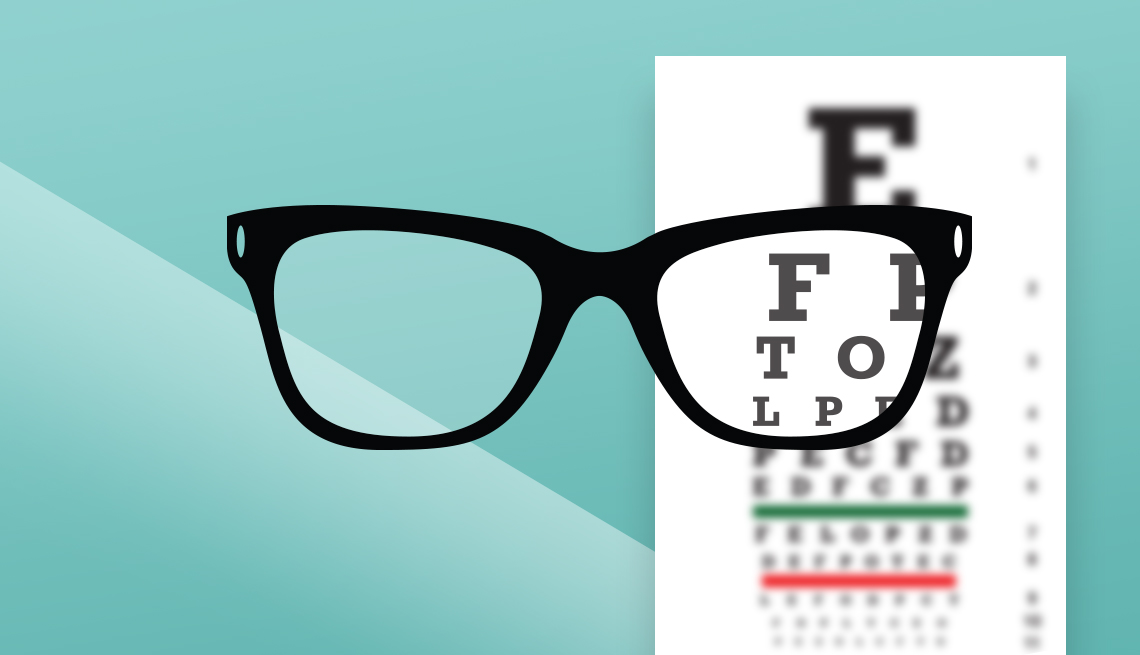Leading Cardiologist in Andalusia: Discover Specialist Clinics Near You
Leading Cardiologist in Andalusia: Discover Specialist Clinics Near You
Blog Article
The Pros and Disadvantages of Different Refractive Surgical Procedures for Enhanced Eyecare

LASIK Surgery
LASIK surgical procedure is a frequently performed refractive treatment that intends to remedy vision issues such as nearsightedness, farsightedness, and astigmatism. This medical strategy has acquired popularity due to its performance in offering patients with clearer vision and lowering their dependence on glasses or contact lenses. During the procedure, a thin flap is produced on the cornea, and a laser is utilized to improve the underlying cells, dealing with the refractive error. The flap is after that repositioned, permitting for fast recovery and minimal discomfort for the client.
One of the main advantages of LASIK surgical procedure is the rapid enhancement in vision experienced by numerous clients. Most people notice a substantial improvement in their vision quickly after the treatment, with very little downtime required for recuperation. Furthermore, LASIK is recognized for its high success rate and reduced incidence of complications when carried out by proficient surgeons. Nevertheless, like any surgical treatment, LASIK additionally lugs some threats, consisting of completely dry eyes, glow, halos, and under or overcorrection of vision. It is necessary for people taking into consideration LASIK surgical treatment to undertake a thorough evaluation by an eye care specialist to determine if they appropriate prospects for the procedure.
PRK Treatment
The PRK procedure, additionally called Photorefractive Keratectomy, is a kind of refractive surgical treatment that aims to remedy vision issues comparable to LASIK surgical procedure. Unlike LASIK, which entails creating a flap in the cornea, PRK deals with the surface layer of the cornea. Throughout the PRK treatment, the external layer of the cornea, called the epithelium, is eliminated to permit improving of the underlying corneal tissue with an excimer laser. This improving assists to deal with refractive errors such as astigmatism, nearsightedness, and farsightedness.
One of the advantages of PRK over LASIK is that it gets rid of the danger of flap-related issues given that no flap is created during the surgery. This can be beneficial for people with thin corneas or those associated with call sporting activities where eye injury is an opportunity. The recovery time for PRK is generally longer compared to LASIK, as the outer layer of the cornea needs time to regenerate after the treatment. Regardless of the longer healing duration, PRK can be an appropriate choice for individuals seeking vision correction surgical treatment.
SMILE Surgical Procedure
A sophisticated refractive surgical procedure strategy acquiring popularity in the area of ophthalmology is SMILE Surgical procedure. Small Cut Lenticule Extraction (SMILE) is a minimally intrusive treatment that deals with vision by reshaping the cornea using a anchor femtosecond laser. Unlike explanation conventional LASIK surgery, SMILE Surgery involves producing a little cut in the cornea to remove a lenticule, which leads to much less disruption to the corneal structure and potentially quicker recuperation times.
One of the primary advantages of SMILE Surgical treatment is its capability to deal with nearsightedness (nearsightedness) and astigmatism with high accuracy, leading to superb visual outcomes for individuals. The minimally invasive nature of the treatment also minimizes the risk of problems such as completely dry eye syndrome, making it a positive alternative for individuals looking for refractive surgical treatment.

LASEK Technique
Having actually checked out the benefits and considerations of SMILE Surgical treatment, another significant refractive surgical treatment technique worth taking a look at is the LASEK Method. LASEK, which means Laser-Assisted Subepithelial Keratectomy, is a kind of laser eye surgery that intends to correct refractive errors such as nearsightedness (nearsightedness), hyperopia (farsightedness), and astigmatism.
Unlike LASIK, LASEK does not include developing a corneal flap. Instead, throughout a LASEK treatment, the specialist makes use of a watered down alcohol option to loosen up the thin outer layer of the cornea, recognized as the epithelium. This layer is after that carefully relocated apart to permit the laser to improve the underlying corneal cells. Once the cornea has been improved to the wanted degree, the epithelial layer is rearranged.
Among the primary advantages of LASEK is that it can be suitable for people with thin corneas that may see this not be great candidates for LASIK. Furthermore, LASEK commonly leads to minimal post-operative pain and a quicker recovery time compared to PRK. The aesthetic healing procedure with LASEK might be slightly longer than with LASIK.
Implantable Call Lenses
Implantable Call Lenses use a lasting vision correction service for individuals seeking an option to traditional contact lenses or glasses. These lenses, also understood as phakic intraocular lenses, are operatively placed right into the eye to fix refractive mistakes such as nearsightedness (nearsightedness), hyperopia (farsightedness), and astigmatism. eye center andalusia. Unlike conventional call lenses that rest on the surface area of the eye, implantable call lenses work within the eye itself, providing clear vision without the demand for daily maintenance or elimination
Among the essential benefits of implantable contact lenses is their permanence. As soon as placed, they can stay in the eye indefinitely, supplying constant and steady vision adjustment. Additionally, these lenses can be a superb choice for people that are bad prospects for laser eye surgical treatment or who choose a reversible vision modification procedure.
Nevertheless, implantable get in touch with lenses do bring some risks, consisting of the capacity for cataracts or raised eye stress. It is vital for individuals considering this option to seek advice from an eye treatment professional to establish if implantable contact lenses are the ideal selection for their specific demands and eye health and wellness.
Final Thought
In verdict, each kind of refractive surgical procedure has its very own advantages and disadvantages. LASIK surgical treatment is preferred for its quick recovery time, while PRK treatment may be appropriate for people with slim corneas.

Generally, SMILE Surgical procedure presents an appealing choice for people looking to improve their vision with refractive surgical treatment.
Report this page